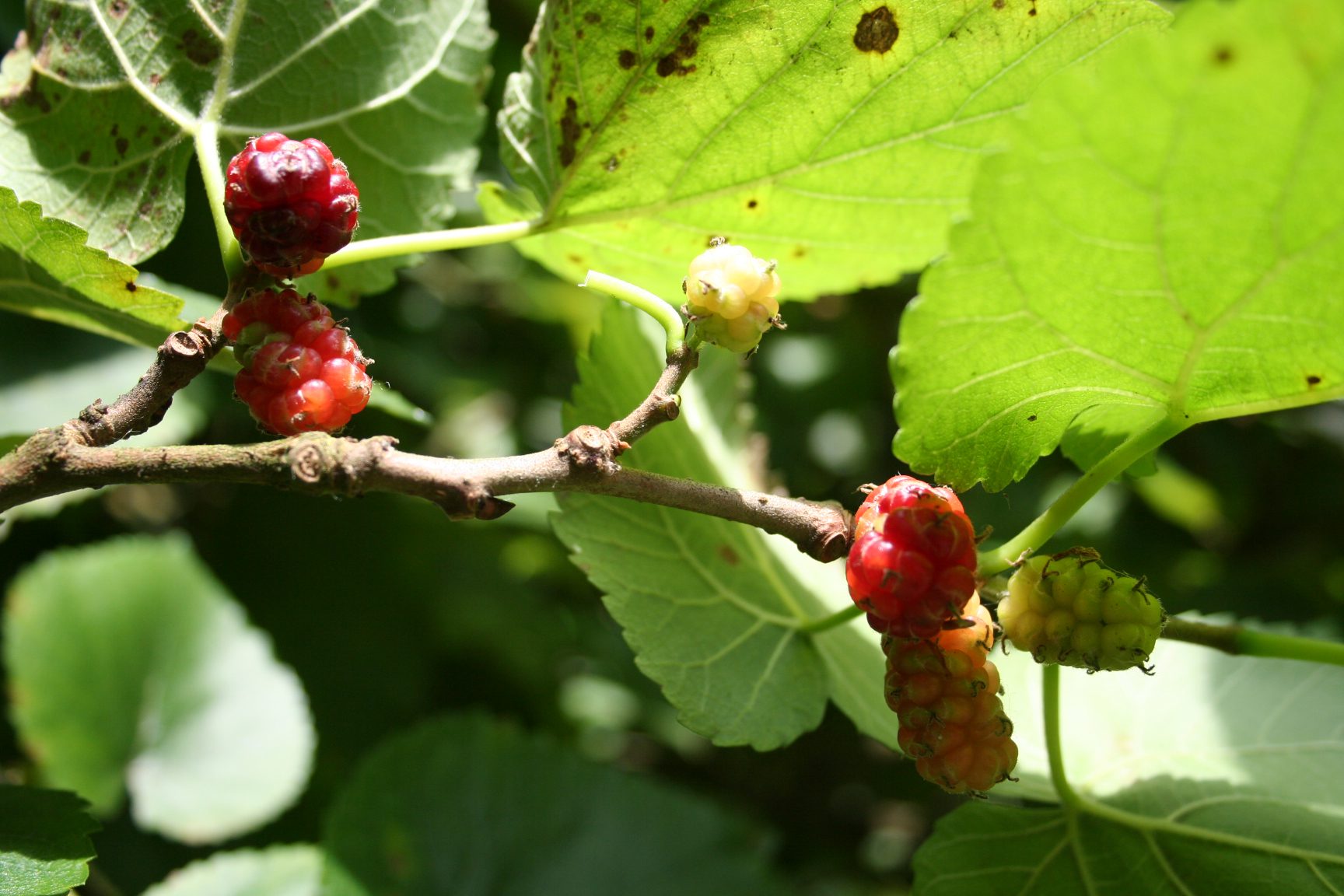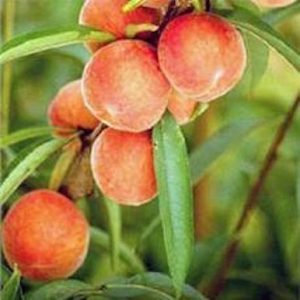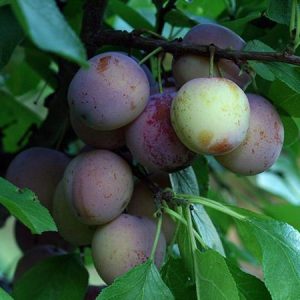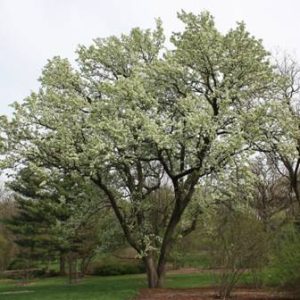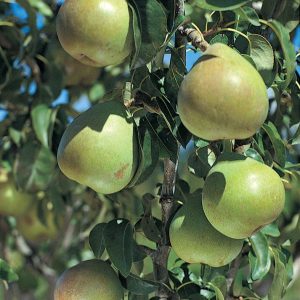$18.00
1.Stellar Growth Rates.
Red Mulberry grows incredibly fast! It can easily double or triple the growth rate of many of the more common wildlife friendly tree’s we’re all used to growing. Every tree lover needs to plant a few of these simply to watch them grow so fast!
2.Fruit Production at a VERY Young Age.
On a good site, it isn’t uncommon at all to see flowering and fruiting begin in the 3rd or 4th growing season. And considering the trees grow so fast, they have the capability to produce large quantities of fruits by the time they are 5-6 years of age. If you’re impressed by sawtooth oak, and the now popular chestnuts, you need to see what mulberry can do!
3.Deer LOVE to Eat the New Growth.
We don’t want deer eating the actual trees we plant, which is why we use tree protectors. What we do want, is deer eating the small volunteer sprouts growing under and around the parent tree. Deer simply can’t resist mulberry leaves, and they’ll hone in on areas where volunteer seedlings proliferate. If volunteer seedlings make it to the sapling stage, they can then be hinge cut to provide more food and cover.
4.First Fruits of the Year, and Wildlife Devour Them.
Mulberry fruits are the very first to mature, as early as late April in the deep south. That’s right- on years with an early spring, they can actually mature and begin dropping before turkey season is over in many states. Everything in the forest likes to eat mulberry fruits, so GameKeepers can use them for a multitude of scenarios such as: attracting late season turkeys, trapping predators (check your state regs), trail camera hotspots, increasing pollinator habitat, and attracting songbirds.
5.Great Snack for Humans.
Although not related, mulberries look much like Rubus species- blackberries, dewberries, etc. Mulberries mature sooner than the Rubus species, effectively lengthening your foraging season. Mulberries are extremely nutritious, carrying high contents of vitamins C, K, and B-1 along with a generous amount of iron and fiber. The flavor is mild, earthy, and sweet.
So whether your planting a small orchard on the edge of your food plot, a few trees in a clearing in the woods, alongside a walking trail or behind your cabin, Mulberry Trees are a MUST HAVE for any GameKeeper.
Zone: 5 – 9
Soil pH: 4.5 – 7.0
Wildlife Value: Favorite food of songbirds, wild turkey, opossum, raccoon, and hogs.
Site Preference: Moist hillsides, floodplains, river valleys. Prefer rich well drained soil.
Nut Maturity Date: Early Summer

